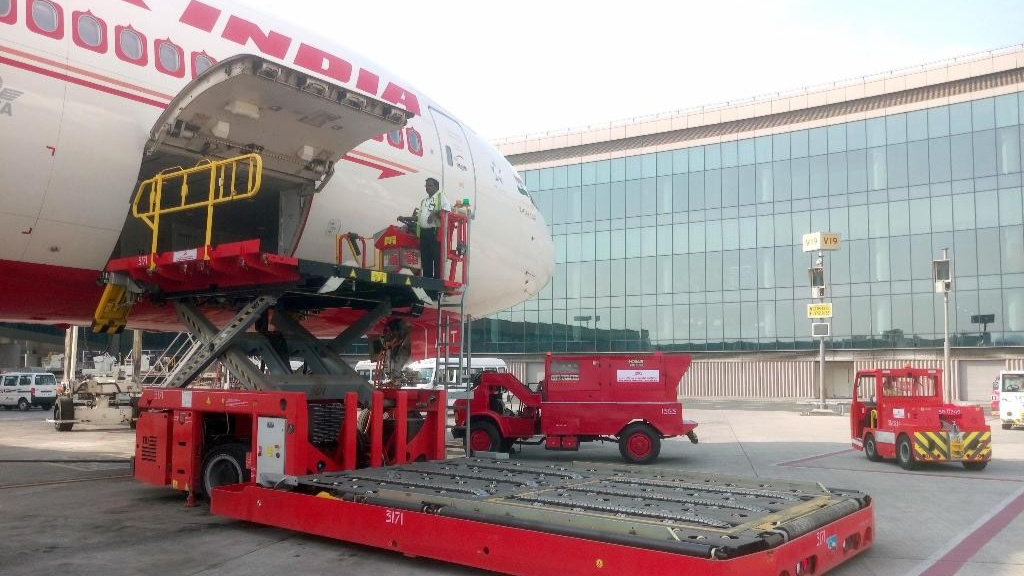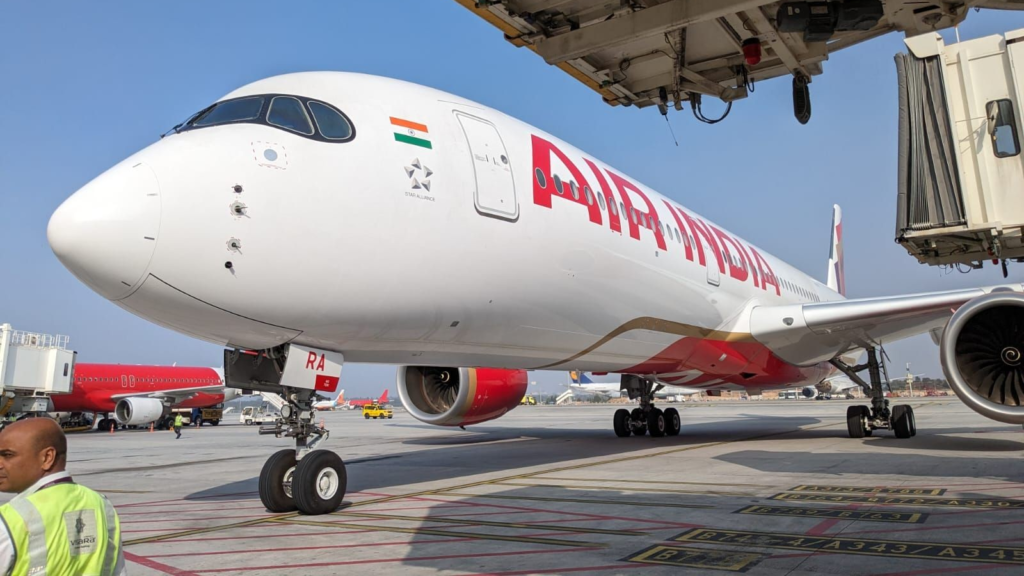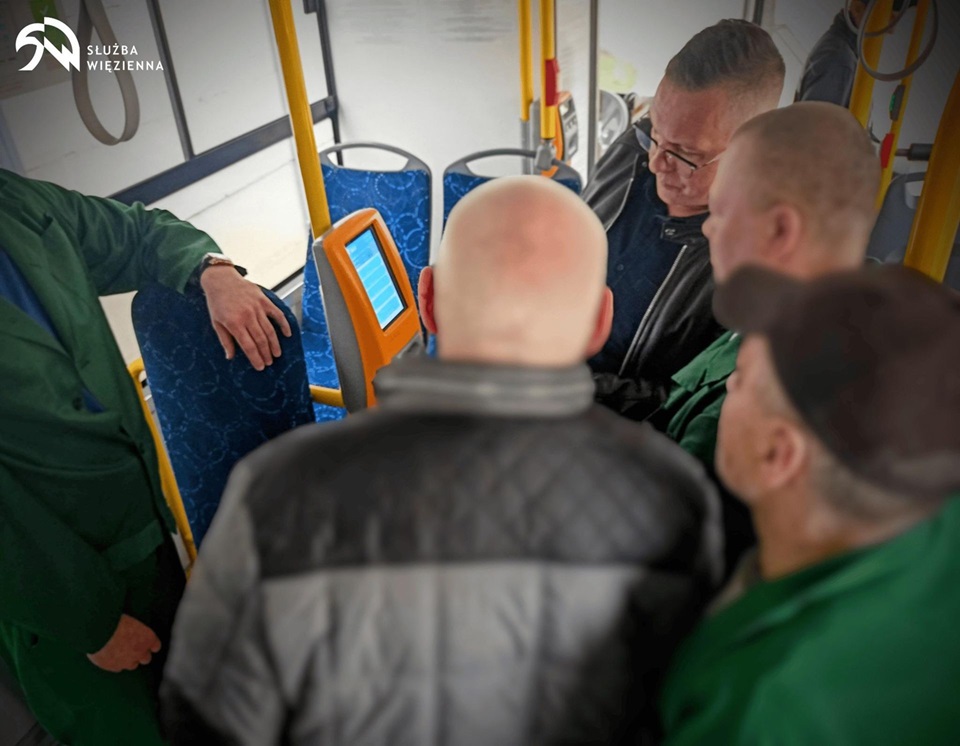
GURUGRAM- As part of Tata Group’s comprehensive efforts to revitalize Air India (AI), which incurred losses exceeding ₹50,000 crore under government ownership, the airline has adjusted the maximum complimentary baggage allowance for its lowest fare tier from 20 kg to 15 kg.
According to a notification sent to travel agents, passengers traveling on Air India’s ‘Economy Comfort’ and ‘Comfort Plus’ fare categories will now be permitted to check in baggage weighing up to 15 kg. This revised baggage policy came into effect on Thursday (May 2, 2024).
 Photo: AISATS
Photo: AISATSAir India Baggage Allowance Update
After Tata Group’s takeover in 2022, Air India underwent several changes. Before privatization, the airline provided a complimentary baggage allowance of 25 kg, which was subsequently reduced to 20 kg last year.
Now aligning with other airlines, Air India has adjusted its free baggage allowance to match industry standards.
 Photo: Air India Airport Services Limited
Photo: Air India Airport Services LimitedUnlike certain low-cost carriers such as IndiGo (6E), which restrict passengers to one piece of luggage, Air India permits travelers to carry multiple bags within the designated weight limit.
As per regulations set by the Directorate General of Civil Aviation (DGCA), airlines must offer passengers a minimum of 15 kg of complimentary checked baggage.
 Photo: Air India
Photo: Air IndiaEconomy Flex and Comfort Plus
Air India extends this allowance, allowing passengers opting for higher fares under the ‘Economy Flex’ category to carry up to 25 kg of baggage and additional perks such as waived ticket change fees.
According to an Air India spokesperson, the price differential between ‘Comfort Plus’ and ‘Flex’ fares, such as on routes like Delhi-Mumbai, is approximately ₹1,000.
However, this difference translates into a significant added value of nearly ₹9,000, including benefits like a 10 kg extra baggage allowance, zero change or cancellation fees, increased loyalty points, and a wider selection of complimentary seat choices.
 Photo: Air India
Photo: Air IndiaIntroduced by the airline last year, the various fare categories aim to optimize revenue generation, reflecting the strategic decisions of the new ownership.
“The introduction of fare families allows our passengers to select the fare type and associated services that best suit their needs,” explained the spokesperson. “Given the diverse preferences of today’s travelers, a one-size-fits-all approach is no longer optimal. Bundled fares, on the other hand, offer enhanced value and greater flexibility for passengers at a reduced cost.”
 Photo: AISATS
Photo: AISATSTravel but With Less Baggage
Globally, airlines are endeavoring to encourage passengers to travel lighter by either reducing free baggage allowances or implementing higher fees for excess baggage.
Handling passenger baggage involves significant manual effort and airline expenses. Once tagged, bags undergo sorting and manual loading onto trucks before loading onto the aircraft.
The unloading process is similarly laborious, with bags transferred from the aircraft to trucks and then to the airport carousel, particularly challenging for connecting passengers, as bags often need to be rerouted to different aircraft.
Stay tuned with us. Further, follow us on social media for the latest updates.
Also Read: US Airlines, Including American, United, Delta, and Southwest, want you to Dress Properly – Aviation A2Z
Join us on Telegram Group for the Latest Aviation Updates. Subsequently, follow us on Google News.
Air India Welcomes New A350, Starts Delhi-Dubai Flight, Tel Aviv Suspension and More
The post Air India Implements New Baggage Allowance Policy appeared first on Aviation A2Z.

 1 rok temu
1 rok temu












